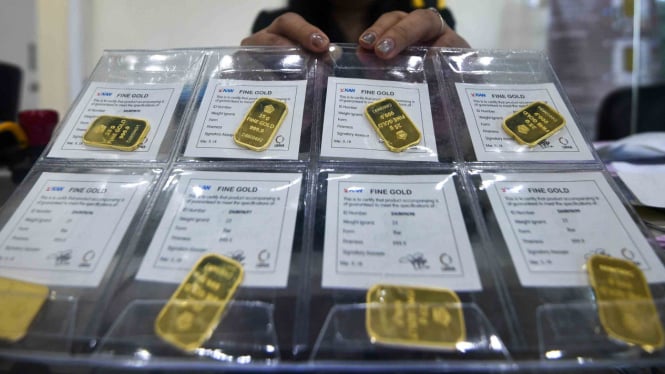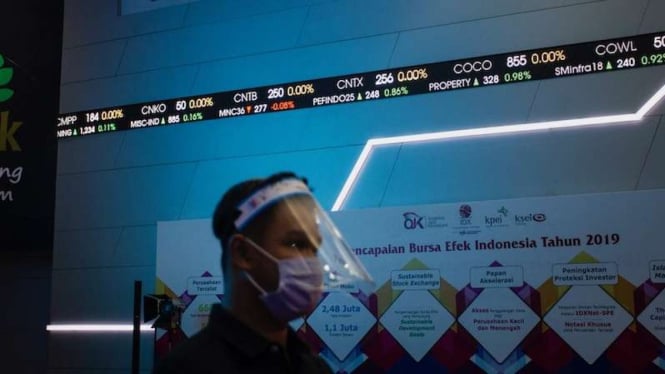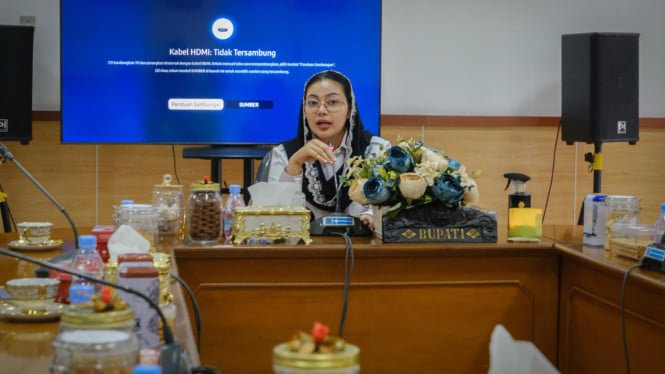Jakarta, VIVA – The relationship between China and Southeast Asia has deep historical roots, dating back centuries before the establishment of the People’s Republic of China. Trade, cultural exchange, and even political influence have long shaped interactions across the region.
China’s attempts to assert influence in Southeast Asia are not a new phenomenon. Historical episodes, such as the Yuan dynasty’s attack on Java and Admiral Zheng He’s expeditions, reflect centuries-old efforts at engagement.
In modern times, China has used economic, political, and diplomatic strategies to strengthen its presence in the region. Much of this influence has been directed through engagement with ASEAN, the Association of Southeast Asian Nations.
“China has implemented a range of initiatives to boost its international image while advancing its claims in the South China Sea and Taiwan Strait,” said Johanes Herlijanto, Chairman of the Indonesian Sinology Forum, during a seminar in Jakarta on September 29, 2025. He emphasized that China’s influence has grown significantly under President Xi Jinping.
Research by the Forum shows that Beijing often approaches the ASEAN chair country to shape regional agendas. “The ASEAN chair holds strategic power in consensus-building, agenda-setting, and diplomatic mediation,” Johanes explained.
Malaysia’s leadership this year has been cited as crucial in mediating conflicts between Thailand and Cambodia. However, Johanes cautioned that such success rests on balancing ties not only with China but also with other powers like the United States.
Diplomat Eva Kurniati Situmorang from Indonesia’s Foreign Ministry echoed the importance of maintaining ASEAN centrality. “Indonesia is committed to ASEAN Centrality, and believes ASEAN-led mechanisms are the best framework to address external challenges,” she noted.
Eva added that while China’s engagement offers both risks and opportunities, Southeast Asia must avoid dependency on any single power. Strengthening intra-ASEAN trade, inclusivity, and sustainability remains key to resilience.
Professor Ian Chong from the National University of Singapore reminded that today’s China is far more assertive than in the 1990s. “The South China Sea remains a difficult issue, and despite ongoing dialogue, a resolution is unlikely soon,” he observed.
Broto Wardoyo from Universitas Indonesia offered a different angle, arguing that ASEAN’s diversity limits Beijing’s ability to force consensus. “China’s pragmatic choice is to maintain the status quo, as ASEAN’s internal complexity prevents it from taking a single, unified stance,” he concluded.
Halaman Selanjutnya
Eva added that while China’s engagement offers both risks and opportunities, Southeast Asia must avoid dependency on any single power. Strengthening intra-ASEAN trade, inclusivity, and sustainability remains key to resilience.

 3 weeks ago
14
3 weeks ago
14

















































